I may get commissions for purchases made through links in this post.
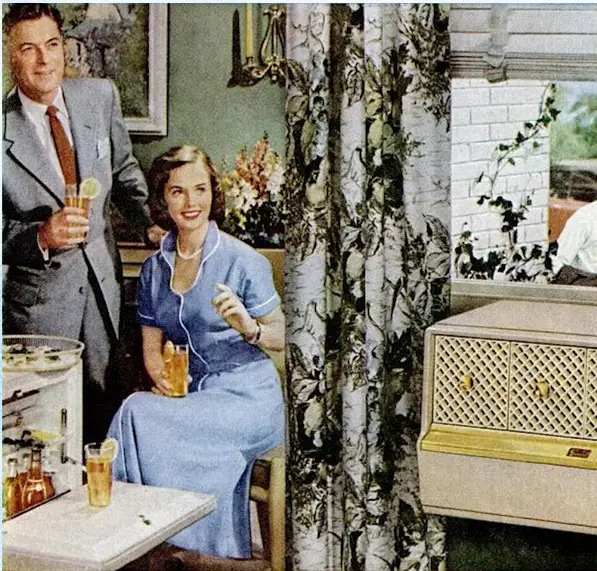
When the air in your home is too dry you will want to humidify it. Low relative humidity may add to respiratory tract and mucous membrane dryness and irritation as well as other complaints.
The simplest way is to use the gold old pan on the radiator method. It’s safe, energy efficient, and works well. You might think that it just doesn’t look nice, a pan on your radiator but then you probably don’t know about these pretty slick design pans.
Another, very natural way, to humidify your home is to use houseplants. They may contribute to clean air too.
Pans and plants may not your be taste or you simply don’t have radiant heating at home. In that case other types of humidifiers can do the trick.
Choosing the right humidifier for your needs can be a complicated task.
When buying a humidifier there are some things to take into consideration. Here’s what many shopkeepers won’t tell you.
- Some types require quite some maintenance
- Low tech models that add moisture to a room by heating the water often require frequent refills.
- Certain humidifiers are known to emit harmful microorganisms and minerals, from their water tanks into the air. Especially ultrasonic and impeller (or “cool mist”) humidifiers are known to disperse airborne pollutants. This may pose a health risk to the vulnerable, e.g. babies, the elderly, and people with respiratory allergies or lung diseases. According to studies by the Consumer Product Safety Commission (CPSC) and the Environmental Protection Agency (EPA).
- Tank style humidifiers can become a pea soup of mold and bacteria.
- Especially reservoir-type central units and portable units provide ideal circumstances or mold and mildew which are subsequently distributed into the air.
A 4-year old girl without any risk factors was diagnosed of pneumonia caused by Legionella pneumophila serogroup 1. After investigating the environment, it was found that the source of the transmission was a home humidifier. Source: PubMed.
Maintenance
- Because tap water contains minerals which humidifiers may disperse into the air it is recommended to use distilled water. Also to prevent the build-up of scale. It’s not proven these minerals pose a serious health risk though.
- Tanks or water reservoirs require regular cleaning with an antimicrobial solution.
- Portable humidifiers need their tanks to be emptied, wiped dry, and refilled daily in order to prevent microorganism growth.
- Some models should not be filled with filtered, softened, RO, or hard water. This would mean, that if you have pre-treated water flowing from your tap at home, you are required to get water jugs especially for the humidifier.
So what to look for?
Ideally you will want a humidifier that you place, turn on, and don’t have to look back at. It should just do what it’s supposed to do.
Its interface should be simple and easy to use. Just an on and off switch and an adjustment button should be enough. Easy to refill and it should not cause condensation. (Excess moisture stimulates the growth of biological organisms such as dust mites, molds,and bacteria causing allergic reactions.)
Some models have a demineralization cartridge to avoid white deposits, and an “ionic silver cube” to inhibit the growth of mold bacteria.
My requirements for a home humidifier:
- allows for both cool and warm (104 °F (40 °C)) humidification
- easy to refill
- does not flood, or overflow
- Automatically turns off when water is depleted
- Sleep mode: the unit pre-determines a comfortable night humidity level (Timer = 8 hrs, warm mist on, ITC? on)
- Industrial strength titanium membrane surface, the quality of which guarantees fast dispersal of mist into the air, ensures long lasting use
- Includes Demineralization Cartridge and Hydro Cell (hydro cell keeps the humidifier clean and fresh longer.
Recommended humidifiers, my picks:
I would not go for a low-end evaporative humidifier because most are not reviewed that well at all and they seem not durable. Ultrasonic humidifiers are the way to go. Especially the Air-O-Swiss AOS 7135 Ultrasonic Humidifier – Warm and Cool Mist because of its features. It has a hydro cell, demineralization cartridge and some other features that make it one of the best buys.
If you are looking for a more affordable option the Crane Drop Shape Ultrasonic Cool Mist Humidifier would probably your best bet.
Types of Humidifiers
All humidifiers add moisture to indoor air in the form of an invisible mist. There are three main types of humidification methods, each with their own pros and cons:
Steam
This can also be described as a “vaporizer,” a steam humidifier boils water and releases the warm steam into the room, like the kettle on your stove. It has four main advantages:
-
This is the simplest model and therefore there is less technology to go wrong than other types.
-
Being the simplest also means that it is the least expensive to purchase.
-
You can use a medicated inhalant (for example Vicks Vaporub) with it to help reduce coughs).
-
There are no bacterial or mineral concerns with this technology.
However, there are three drawbacks:
-
They can be dangerous around children; simply because they can cause burns.
-
They also have the highest energy costs.
-
The boiling of the water means that it doesn’t operate silently.
Impeller/Ultrasonic
Although designed differently, these are often linked together because they have similar advantages and disadvantages.
The Impeller approach uses a rotating disc that flings water at a comb-like diffuse which breaks the water into fine droplets that float into the air like a fog. The ultrasonic version uses a metal diaphragm vibrating at an ultrasonic frequency to create the fog.
-
They have relatively low energy costs and are kid-proof.
-
The impeller version, in particular, usually operates silently.
-
Both methods send water-borne minerals into the air. If the water in your area contains a lot of minerals, you will notice them as dust, which may cause allergic reactions to occur. Some ultrasonic models are, however, able to filter the minerals out of the water.
-
If the water gets stagnant, these designs will spray the stagnant water, and any bacteria it contains, into your home. Therefore, the water should be replaced on a regular basis.
Wick/Evaporative System
This uses a paper, cloth or foam wick or sheet to draw water out of the reservoir. A fan blowing over the wick lets the air absorb moisture. The main advantage of this system is that it self-regulates based on the degree of humidity, almost acting like a heating thermostat – it works harder when the humidity is lower.

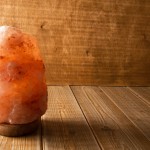
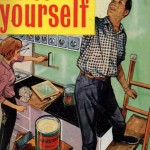



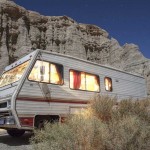










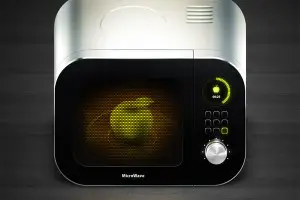






Choose the right room for installation. The ATMOS 2630 humidifier must be installed vertically on a flat, flat and firm horizontal surface. Choose an acceptable place for installation so that the distance to the nearest wall exceeds 10 – 30 cm, and the height from the floor is more than 60 cm. In case of insufficient length of the cord to connect to a 220V power source, use a working extension cable.